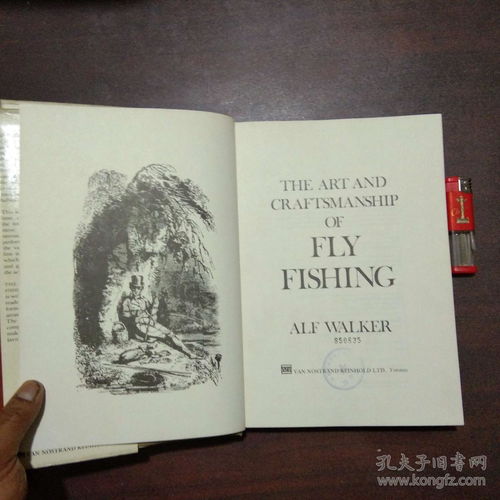Content:
Introduction: Fly fishing, an ancient and revered sport, requires not only patience and skill but also a deep understanding of the intricacies involved. One of the most crucial aspects of fly fishing is mastering the art of adjusting your float, also known as the fly line. This article delves into the essential tips and techniques to help you become a proficient fly fisherman by perfecting the float adjustment.
Understanding the Float: Before diving into the adjustment techniques, it's important to understand the purpose of the float. The float is designed to keep your fly at a certain depth in the water, mimicking the natural movement of insects or baitfish. It also helps you detect subtle bites and movements of the fish.
Selecting the Right Float: The first step in adjusting your float is to choose the right one for your fishing conditions. Consider the following factors:
- Water Conditions: Choose a float that is suitable for the type of water you are fishing. For still waters, a smaller and lighter float is ideal, while for rivers and streams, a larger and more buoyant float is preferable.
- Fly Size: Match the size of your float to the size of your fly. A larger float may be needed for larger flies, while a smaller float is sufficient for smaller flies.
- Current: In fast-moving water, a more buoyant float is necessary to keep your fly from being swept away.
Attaching the Float: Properly attaching the float to your fly line is crucial for accurate adjustments. Here's how to do it:
- Cut a length of fly line that is equal to the distance from the rod tip to the water's surface.
- Tie a loop knot at the end of the fly line.
- Thread the loop through the hole in the float and secure it with a stopper knot.
- Trim any excess line.
Adjusting the Float: Now that your float is attached, it's time to adjust it to the desired depth. Follow these steps:

- Find a marker or landmark on the water's surface to serve as a reference point.
- Hold the float at the desired depth and note the distance from the water's surface to the top of the float.
- Adjust the amount of weight on the line by adding or removing split shot or a bobber stopper.
- Repeat the process until the float reaches the desired depth.
Fine-Tuning the Float: Once you have the float at the desired depth, it's important to fine-tune it for the best performance:
- Watch the float closely for any signs of movement or disturbance in the water.
- Adjust the weight on the line as needed to maintain the desired depth.
- If the float is too buoyant, add weight; if it's too heavy, remove some weight.
Common Adjustments: Here are some common adjustments you may need to make during your fishing trip:
- Current: If the current is strong, you may need to add more weight to keep your fly from being swept away.
- Depth: If you're targeting fish that are deeper in the water, adjust the float to a lower depth.
- Wind: In windy conditions, you may need to add more weight to keep your fly from being blown off course.
Practice Makes Perfect: Adjusting your float is a skill that takes practice. Spend time on the water, experimenting with different techniques and adjustments. Over time, you'll develop a keen sense of how to fine-tune your float for various fishing conditions.
Conclusion: Mastering the art of adjusting your float is a vital skill in fly fishing. By understanding the purpose of the float, selecting the right one, and following the proper adjustment techniques, you'll be well on your way to becoming a proficient fly fisherman. Remember, practice makes perfect, so get out there and start honing your float adjustment skills today!












